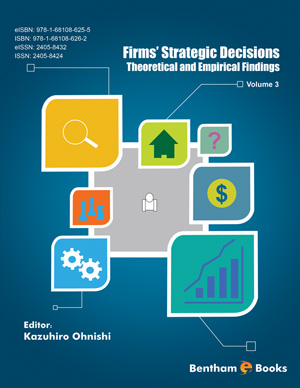Abstract
A key to business success lies in consumer-driven innovation. Rule developing experimentation (RDE) is a systematized solution-oriented business process of experimentation, which designs, tests and modifies alternative ideas, packages, products, or services in a disciplined way using statistical design. RDE uses either conceptual or physical prototypes. RDE applies to new product development, but can apply to more general social issues beyond the realm of products. RDE stems from the consumer-driven proactive approaches to structured experimentation, focusing on consumer preferences. RDE as implemented on the concept level uses so-called partial profile conjoint analysis. RDE’s test stimuli often comprise incomplete concepts or vignettes created according to a specific type of experimental design (isomorphic permuted experimental designs). RDE uncovers pattern-based latent segments, as well as revealing the nature and magnitude of explicit and implicit interactions between the pairs of stimuli that RDE studies (so-called synergism and suppression). RDE traces its origins to experimental psychology, as enhanced through the driving power of business and social science. When applied properly, the developer and marketer discover rules and patterns defining what appeals to the customer, even in situations when the customer can’t articulate the need, much less the solution.
Keywords: Consumer-driven innovation, consumer preferences, new product development (NPD), experimentation, rule developing experimentation (RDE), conjoint analysis, experimental design, regression analysis, fractional experimental designs, individual designs, dummy variable regression, incomplete concepts, interactions, pattern-based segmentation.









.jpg)


